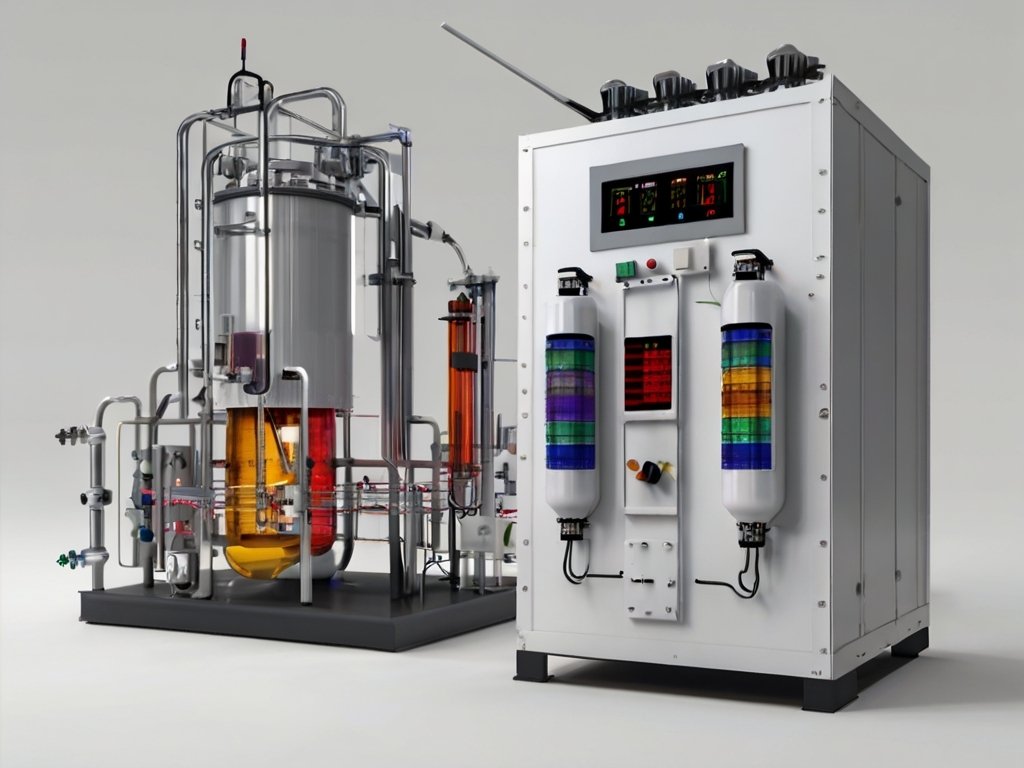Activated Sludge Treatment Plant
An Activated Sludge Treatment Plant, also known as an Activated Sludge Process (ASP), is a widely used and effective biological method for treating wastewater. This process employs
microorganisms to break down organic pollutants in sewage, transforming them into harmless byproducts.

Overview
Activated Sludge Treatment Plants
Activated Sludge Treatment Plants utilize a complex microbial community to degrade
organic pollutants, reduce the biochemical oxygen demand (BOD), and produce treated
effluent suitable for safe discharge into the environment.
Key Components and Operation:
Aeration Tank:
Central to the activated sludge process is the aeration tank, where sewage is mixed with a highly oxygenated mixture of microorganisms, known as activated sludge. The aeration tank promotes the growth of aerobic bacteria that consume organic matter in the wastewater.
Activated Sludge:
The activated sludge is a biological mass consisting of microorganisms like bacteria, protozoa, and sometimes fungi. These microorganisms metabolize and break down organic pollutants in the wastewater.
Settling Tank (Clarifier):
After the aeration phase, the mixture of wastewater and activated sludge flows to a settling tank or clarifier. In the clarifier, the heavier activated sludge settles at the bottom, forming a sludge blanket, while the treated water rises to the top.
Return Activated Sludge (RAS):
A portion of the settled activated sludge is returned to the aeration tank to ensure a consistent microbial population and enhance treatment efficiency.
Excess Sludge Handling:
Excess activated sludge is periodically removed from the system for further
treatment or disposal. This sludge may undergo processes like digestion or
dewatering.
Final Effluent Discharge:
The clarified water, now treated and free from most contaminants, is discharged as effluent. This effluent can meet regulatory standards for safe release into receiving waters or for reuse.
Schematic Block Diagram

Advantages
Biological Treatment
The activated sludge process is a biological treatment method, relying on microorganisms to naturally break down pollutants.

Effective Nutrient Removal
The process can also be designed to remove nutrients like nitrogen and phosphorus, contributing to environmental protection.

Flexible and Scalable
Activated sludge treatment plants are adaptable to different scales, making them suitable for both small communities and large industrial facilities.
Reduced Odor Issues
Properly designed and operated activated sludge plants typically produce less odorous emissions compared to some other treatment processes.
Applications
Municipal Wastewater Treatment
Extended aeration STPs are commonly used in small to medium-sized communities, providing a cost-effective and efficient solution.
01.
Residential and Commercial Developments
Due to their simplicity and ease of operation, extended aeration systems are
suitable for residential and commercial developments with decentralized
wastewater treatment needs.
02.
Remote or Rural Areas:
In remote or rural areas where centralized sewer systems may not be feasible, extended aeration STPs can offer a practical and decentralized solution.
